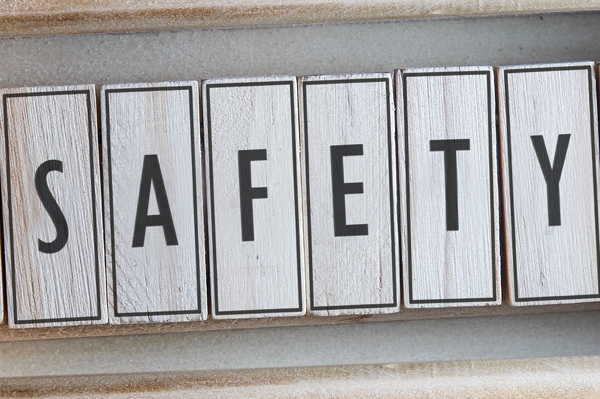
Home Improvement Safety Tips for DIY Projects
Many people decide that they want to do home renovations without hiring a professional. Homeowners often choose to take this route to save money, although it might also just be an entertaining hobby for them that also makes the home more enjoyable. With attention to these important safety tips, people can avoid getting hurt as they work on do-it-yourself projects.
Study in Advance
DIY work could be an effective way to cut costs, as long as homeowners know exactly how to do it properly. Home improvement projects range from something as simple as painting a bedroom to the complexity of building an entirely new kitchen. The difficulty of the project usually correlates to the time it takes to research and fully understand what to do. However, knowing how to perform the tasks individually is not sufficient. Homeowners should also understand the common risks involved with each project, such as:
- ventilation needs
- fall hazards
- fire or poisoning concerns
This will help to ensure a better result, with less at stake during the job.
Know Your Limitations
While it can be tempting to do everything yourself in order to save money, some jobs are just best left to a professional. Typically, jobs that involve electricity should only be handled by a licensed contractor. Take a realistic look at all of the tasks you wish to complete. If any seem out of your depth, or make you worry for your safety, it’s best not to take the risk. Professional services exist for a reason, and even the best DIYers need some help every now and then.
Use Proper Safety Equipment
There are dozens of ways that injuries can occur while working on any given home renovation project. Fortunately, safety equipment can minimize the risk, when it is used properly and consistently. In preparation for the project, homeowners should find out what kinds of equipment are typically used by professionals to avoid injury, including:
- gloves
- goggles
- protective eyewear
- masks and ventilation equipment
If the task requires use of a ladder, people must plan to use the right kind of ladder. Such jobs may require a second person to help ensure safety when climbing up or down.
Research Emergency Procedures
Planning to stay safe will often prevent any kind of accident, but sometimes a hazard is unavoidable. In this instance, it is vital to understand best practices for handling an emergency. Homeowners will be in better shape if they are familiar with ideal methods for treating chemical burns, accidental inhalation of toxic fumes, and basic wound care. Fires involving electricity require a fire extinguisher, and are not safe to put out with water. The fire extinguisher should be charged and in good condition, in case it is needed.
Consider Safety for Children and Pets
Even if all the adults in the home have a proper understanding of the ways to stay safe during construction, children and pets may pose unique risks that call for additional care. Young children and pets should not be allowed to play near the site of renovation, especially if there is not an adult there to supervise them. Children and pets are just as susceptible to burns, poisoning, or injury, and must have proper safety gear if they are going to be moving around in the vicinity. Parents who plan to have older children or teenagers help with the project should confirm that their children understand how to use equipment safely, and can avoid the temptation to become reckless during each task.
Starting a DIY project can be a fun way to preserve home value and make the property more useful. By attending to all safety concerns before, during, and after the project, homeowners will better avoid injury and have greater satisfaction with the end result.
Life is Precious. Be Prepared.
Blog courtesy of:
Justin Havre REALTOR®
Justin Havre & Associates
8820 Blackfoot Trail SE, Suite 115, Calgary AB T2J 3J1
http://www.justinhavre.com
https://twitter.com/justinhavre
https://www.linkedin.com/in/justinhavre/
